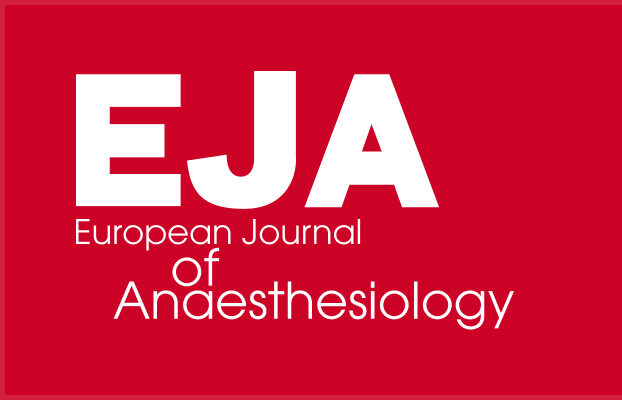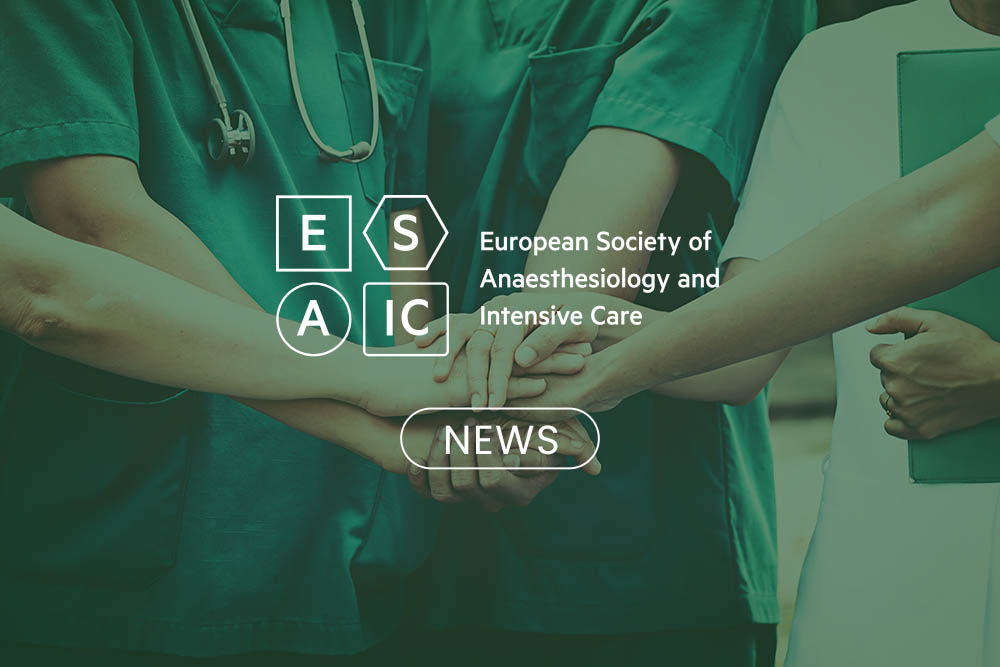Newsletter 2025
Update on the practice of mechanical ventilation in non-ARDS ICU patients
An international, multi-centre, prospective, observational ICU cohort study of the PROVEnet supported by ESAIC (PRoVENT 2+)
Why is this study needed?
Mechanical ventilation is frequently used in intensive care units (ICU) but may initiate or aggravate lung injury, so-called ventilator-induced lung injury (VILI). Therefore, lung-protective mechanical ventilation has been strongly recommended in international guidelines, especially in patients requiring long-term mechanical ventilation 2. Notably, not only patients with acute respiratory syndrome (ARDS) benefit from protective mechanical ventilation strategies but also those at risk of developing ARDS 3. Although awareness about VILI has remarkably increased over the last years, especially during the COVID-19 pandemic, the practice of protective mechanical ventilation is still inconsistent and often not conducted according to guidelines and clinical evidence. Importantly, this practice seems to show geo-economical variations 4,5 and to differ according to gender as well 6. Given the lack of knowledge about the current practice of protective mechanical ventilation in intensive care patients, especially considering the recently proposed Global ARDS definition, new epidemiological data from this population is urgently needed. We conducted the PRoVENT 2+, an international prospective observational study to fill this knowledge gap.
What is the aim of this study?
In adult ICU patients, the PRoVENT 2+ study aims to:
- Characterise the current practice of mechanical ventilation
- Describe the epidemiological characteristics
- Assess utilisation of adjunctive therapies and diagnostics,
- Determine the likelihood of progression to ARDS, the incidence of non-diagnosed ARDS, and related complications,
- Assess overall mortality rate,
- Identify risk factors associated with the development of ARDS, complications, and mortality,
- Identify potential geo-economical and sex-related differences,
- Gain data using the new Global ARDS Definition
- Compare new findings with previous trials (PRoVENT, PRoVENT-iMiC study) and characterise clinical approaches in sub-cohorts (neurosurgery, thoracic surgery, COVID-19).
How is it designed?
PRoVENT 2+ is an investigator-initiated, international, multi-centre, prospective, observational cohort study aiming to collect clinical routine data on intensive care units worldwide. The European Society of Anaesthesiology and Intensive Care (ESAIC) supports the study and is officially endorsed by the Italian Society of Anaesthesia, Analgesia, Reanimation and Intensive Care (SIAARTI). Adult intensive care patients whose mechanical ventilation was initiated within a defined and study centre-selected time window will be included. Patients aged <18 years or admitted from another hospital under ongoing ventilation are excluded from the study. Each study centre can choose the starting point and length of the enrollment window (1-4 weeks) to allow smaller centres to enrol more patients and large centres to reduce workload. Patient data, including medical history, respiratory and haemodynamic variables, as well as clinical endpoints, will be assessed on the day of initiation of invasive mechanical ventilation (day 0), daily between day 1 and 5 thereafter, as well as on day 7±1, day 14±2, day 21±2, day 28±2, and day 90±2. The primary endpoint is the proportion of patients ventilated within protective limits, defined as tidal volume 6-10 ml/kg predicted body weight and PEEP 5-10 cmH2O (both criteria must be met).
PRoVENT 2+ has been registered with the German Clinical Trials Registry (DRKS00033262) and has received central approval from the Ethics Committee of the Dresden University of Technology, Dresden, Germany. The study is centralised at the University Hospital Dresden, and all information and data will be collected using a REDCap-based online database hosted by the Centre for Coordination of Clinical Trials (KKS) at the University Hospital Dresden (see study flyer for further information).
Now is the time to join the global study team!
The aim is to enrol≥1151 patients worldwide. We are recruiting study centres and national coordinating investigators (NCI) who will be responsible for acquiring participating centres in their respective countries and compliance with national regulations. PRoVENT 2+ shall be one of the largest prospective observational studies on ventilation of intensive care patients, where the “plus” stands for most patient groups that have been neglected in previous studies, e.g. cardiothoracic surgery, neurosurgery and others. This ambitious goal can only be achieved through your active participation and contribution. Clear protocols, broad inclusion criteria, and a simple database interface minimise the burden of participation. We are committed to transparent and fair rules for co-authorship. Manuscripts will be published under the study group name, but all active contributors and collaborators will be acknowledged properly.
Are you interested in taking an active role in this study and becoming a study centre of PRoVENT 2+? Please get in touch with the study coordinating team at info.provent2plus@ukdd.de. Further information can be found at https://www.esaic.org/research/research-groups/provent-2/.
We are looking forward to fruitful collaborations. Let’s close this gap in knowledge and build life-saving evidence together!
Authors
- Martin Scharffenberg and Marcelo Gama de Abreu on behalf of the PRoVENT 2+ research group, Dept. of Anaesthesiology and Intensive Care Medicine, Pulmonary Engineering Group, University Hospital Carl Gustav Carus at Technische Universität Dresden, Dresden, Germany
References
- Slutsky AS, Ranieri VM. Ventilator-induced lung injury. N Engl J Med. 2013;369(22):2126-2136. doi:10.1056/NEJMra1208707
- Fan E, Del Sorbo L, Goligher EC, et al. An Official American Thoracic Society/European Society of Intensive Care Medicine/Society of Critical Care Medicine Clinical Practice Guideline: Mechanical Ventilation in Adult Patients with Acute Respiratory Distress Syndrome. Am J Respir Crit Care Med. 2017;195(9):1253-1263. doi:10.1164/rccm.201703-0548ST
- Serpa Neto A, Cardoso SO, Manetta JA, et al. Association between use of lung-protective ventilation with lower tidal volumes and clinical outcomes among patients without acute respiratory distress syndrome: a meta-analysis. JAMA. 2012;308(16):1651-1659. doi:10.1001/jama.2012.13730
- Pisani L, Algera AG, Neto AS, et al. Geoeconomic variations in epidemiology, ventilation management, and outcomes in invasively ventilated intensive care unit patients without acute respiratory distress syndrome: a pooled analysis of four observational studies. Lancet Glob Health. 2022;10(2):e227-e235. doi:10.1016/S2214-109X(21)00485-X
- Pisani L, Algera AG, Serpa Neto A, et al. Epidemiological Characteristics, Ventilator Management, and Clinical Outcome in Patients Receiving Invasive Ventilation in Intensive Care Units from 10 Asian Middle-Income Countries (PRoVENT-iMiC): An International, Multicenter, Prospective Study. Am J Trop Med Hyg. 2021;104(3):1022-1033. doi:10.4269/ajtmh.20-1177
- Gajic O, Dara SI, Mendez JL, et al. Ventilator-associated lung injury in patients without acute lung injury at the onset of mechanical ventilation. Crit Care Med. 2004;32(9):1817-1824. doi:10.1097/01.ccm.0000133019.52531.30
Funding and support: This study is financially supported by the European Society of Anaesthesiology and Intensive Care (ESAIC) in terms of an ESAIC Research Group. PRoVENT 2+ is officially endorsed by SIAARTI.








